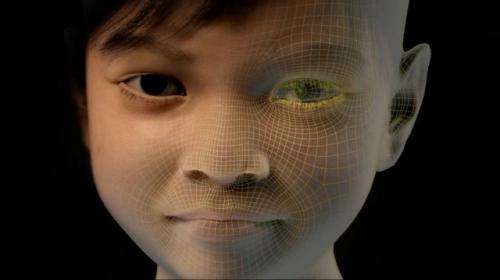Sweetie 2.0 software tackles online child sex abuse

Tilburg professors Stefan Bogaerts (Clinical Forensic Psychology) and Bert-Jaap Koops (Regulation & Technology) are involved, in cooperation with children's rights organization Terre des Hommes, in upgrading Sweetie 1.0, the virtual minor girl that identified thousands of pedophiles on the internet. The Tilburg researchers are working on a new method (Sweetie 2.0) with which potential perpetrators of webcam sex with children on the internet can be more easily traced.
Millions of potential sex offenders think they can operate on the internet undetected. Children can still be easily approached for sex on the internet. The Sweetie 1.0 sting operation at the end of 2013 provided insight into the size and nature of worldwide webcam child sex tourism. An estimated 700,000 to 800,000 predators roam the internet every day in search of young victims.
At the end of January 2015, the Dutch National Postcode Lottery donated almost € 4 million to Terre des Hommes to further continue the Sweetie project. Together with national and international technical specialists, an advanced software system to combat webcam sex with children across the world will be developed. It will help law enforcement agencies to recognize and/or deter millions of potential perpetrators. The system will be adapted to national and international (legal) frameworks for investigation and prosecution.
Stefan Bogaerts, from the Department of Developmental Psychology, and Bert-Jaap Koops, from the Tilburg Institute for Law, Technology and Society (TILT), will head an extensive academic study into the impact and the legal complexities of this preventive approach. Bogaerts and his colleagues will investigate the effectiveness of prevention by deterrence and disincentive. Together with students, Koops will study legal frameworks for combating webcam sex with children and conducting online sting operations.
Pedophiles who operate with different e-mail accounts can be traced by means of the 'catch-recatch method'. It works as follows: person X is spotted in chatroom Y and is given a warning with information on the crimes committed, their consequences under criminal law, and tips on how to get help. If X later visits chatroom Z with a different e-mail address, he will still be recognized as X. A second and last warning will be issued. If X is caught a third time, the information will be passed on to the police. Sweetie 2.0 will be launched in about a year and is due to run three to four years.
Provided by Tilburg University



















